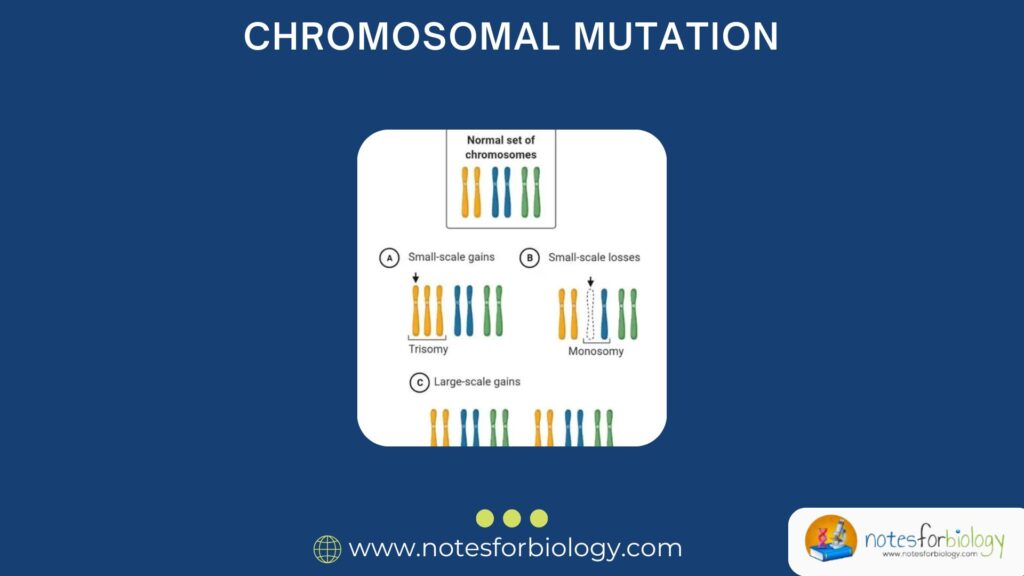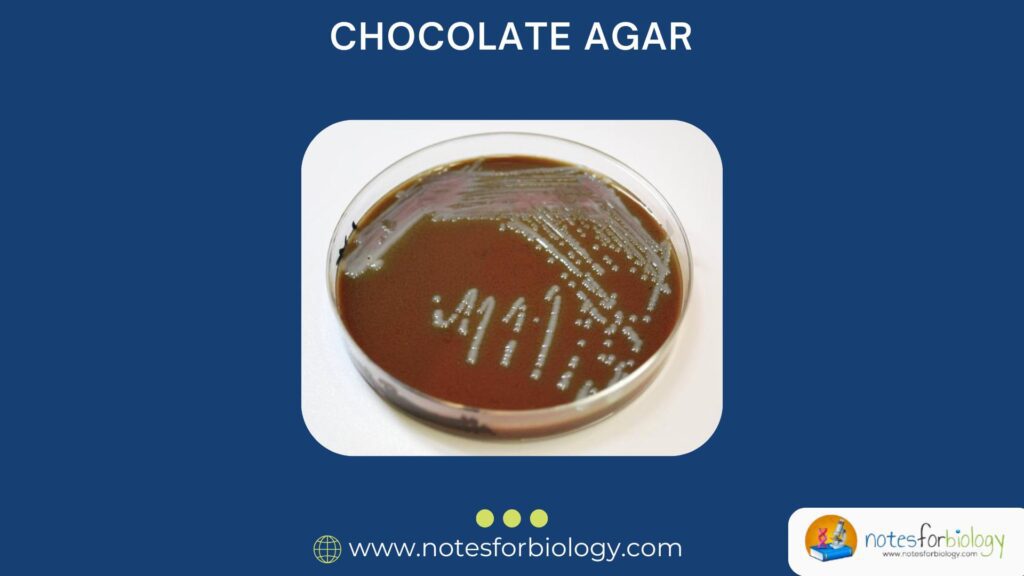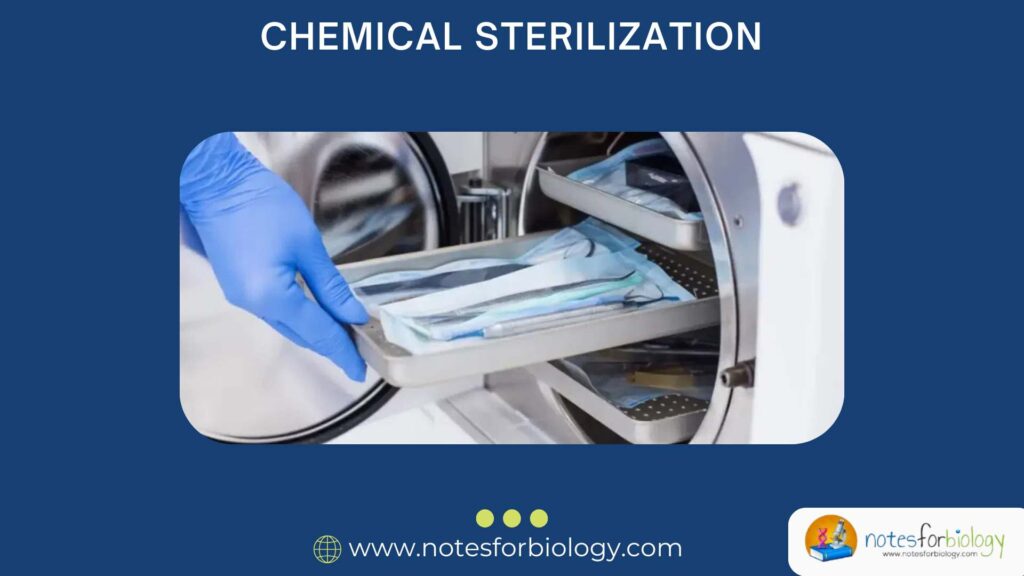Chromosomal Mutation
Introduction A chromosomal mutation is a change in the structure or number of chromosomes in a cell. These mutations affect large sections of DNA and often involve multiple genes. Chromosomes are like carefully arranged bookshelves of genetic information. Each chromosome contains hundreds or thousands of genes that direct the functions of cells and determine everything […]










